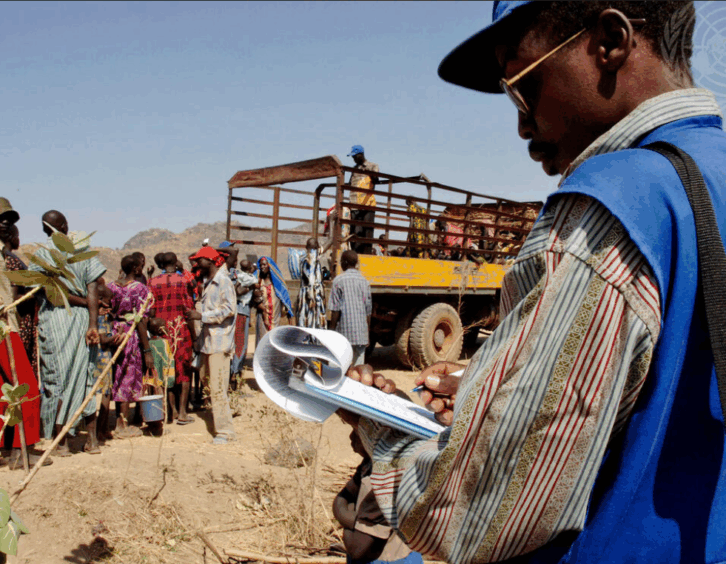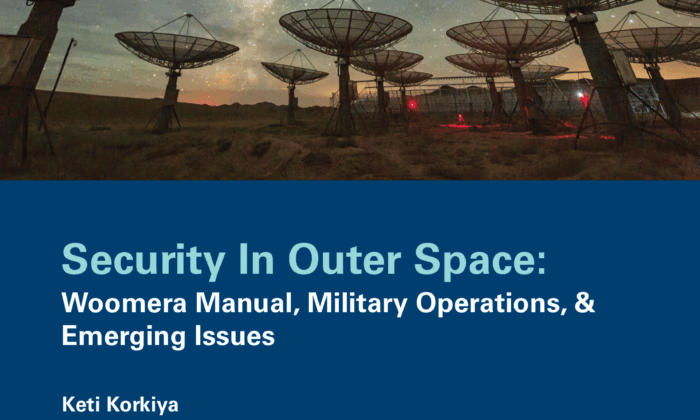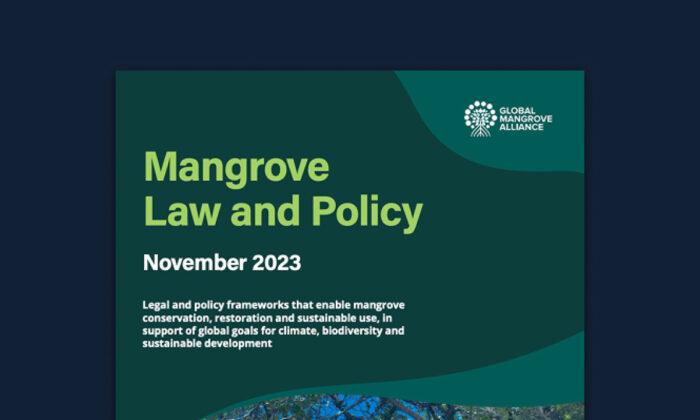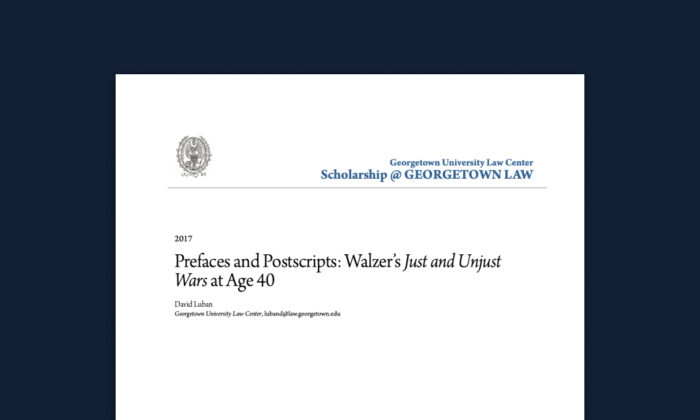Authors: Sarah McIntosh and Anna Cave
This Protocol is a tool for policy-makers on how to incorporate victims’ and survivors’ perspectives into a comprehensive and transformational justice process. The Protocol focuses on victim and survivor consultation as a critical—but under-explored and frequently neglected—component of a victim and survivor-centered, evidence-based, trauma-informed approach to justice. It provides a practical guide for those responsible for designing, implementing, funding, and evaluating a range of justice measures on how to prioritize, support, coordinate, and manage meaningful consultations of victims and survivors about their justice perspectives, needs, priorities, and expectations. “Victim consultation” goes beyond ad hoc engagement with victims or their civil society partners; instead, it is a process of reciprocal learning.
Justice in the aftermath of mass atrocities is a basic human need. It also aims to help entire societies recover, prevent recurrence, reestablish and reinforce the rule of law, address underlying grievances, heal communities and even societies, and promote more durable peace. It is a go-to priority for policy-makers and a frequent demand from victims and survivors. At great personal cost and usually with little support, victim and survivor networks play a critical role in advocating for justice, connecting victims and survivors to the justice ecosystem, and providing peer-to-peer support on the long and arduous path to justice. But when justice processes are designed through a top-down approach—as is far too often the case—the resulting justice processes often do not accomplish these goals. This Protocol highlights how policy-makers can better deliver on these goals by incorporating victim and survivor consultations as a critical part of the design and implementation of transformational and comprehensive justice policies and processes.
The goal of this Protocol is to transform the way decisions regarding justice and accountability for atrocities, conflict, and periods of oppression are made by putting victims and survivors at the center of the design and implementation process. The vision is that a trauma-informed, evidence-based, victim-centered approach to consultation surrounding justice mechanisms will make those justice mechanisms more effective at promoting healing, repair, and recovery, and preventing recurrence over the long-term.




